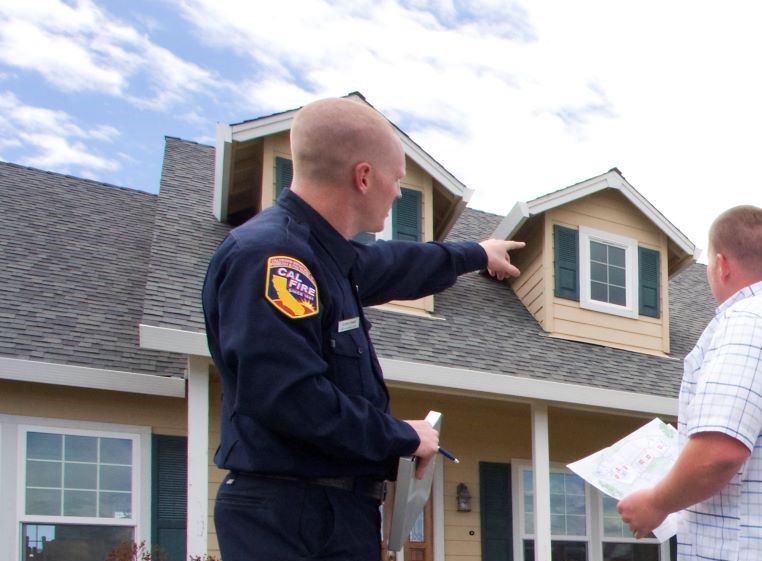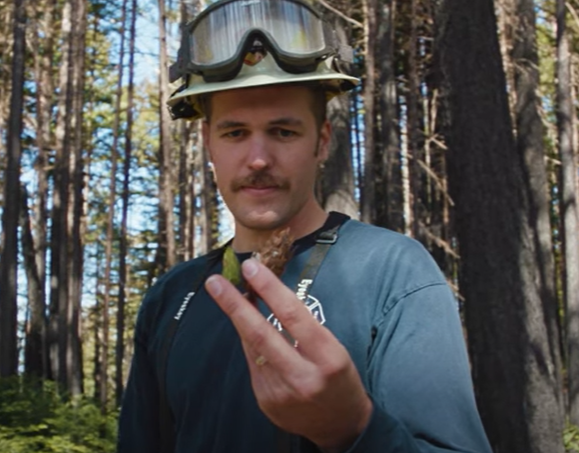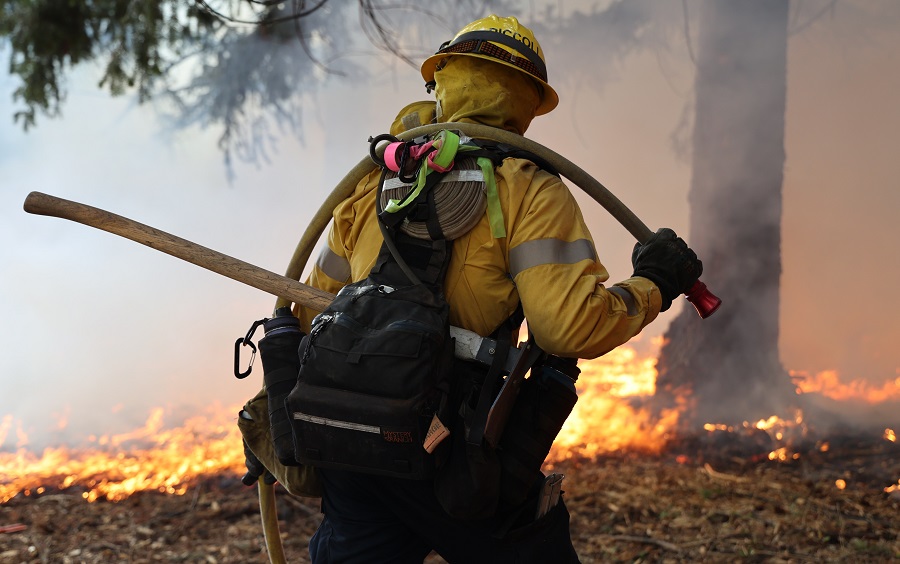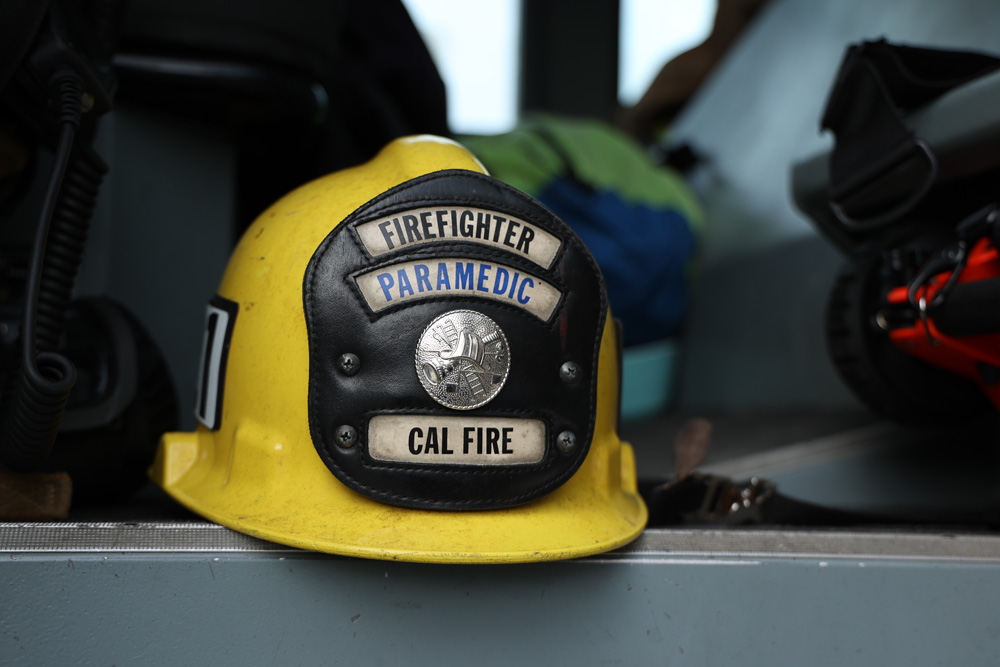
Hiring Seasonally
Multiple Counties
Salary: $38,832.00 - $48,012.00 Yearly

Now Hiring
Multiple Counties
Salary: $70,140.00 - $91,020.00 Yearly

Hiring Seasonally
Multiple Counties
Salary: $41,976.00 - $54,960.00 Yearly

Recruitment Begins Soon
Multiple Counties
Salary: $48,000.00 - $74,796.00 Yearly

Now Hiring
Multiple Counties
Salary $50,833.00 - $64,275.00 Yearly + EDWC

Multiple Counties
Salary $81,079.00 – $108,337.00 Yearly
First step to a successful career: Take the State Exam
View our current exams at the links below and subscribe to any of these social media feeds for career-related updates.
Applications are now being accepted for the following Open/Servicewide examinations. Applicants interested in testing for a servicewide classification may apply to take the examination with the state department listed, regardless of where the applicant currently works or wishes to obtain employment. Successful candidates from a servicewide eligible list will be available for hire by all participating state agencies.
Automotive Technician II
Cut-Off Date: 07/05/2024
Cut-Off Date: 09/30/2024
Communications Supervisor - Communications Supervisor Fact Sheet
Cut-Off Date: 08/01/2024
Cook Specialist I
Cut-Off Date: 07/12/2024
Cook Specialist II
Cut-Off Date: 07/12/2024
Direct Construction Supervisor I
Cut-Off Date: 06/28/2024
Direct Construction Supervisor II
Final Filing Date: 06/28/2024
Fire Captain
Final Filing Date: 06/12/2024
Fire Fighter II
Final Filing Date: 05/31/2024
Fire Fighter II (Paramedic)
Cut-Off Date: 06/30/2024
Fire Prevention Specialist II
Final Filing Date: 05/31/2024
Forestry Assistant II
Final Filing Date: 06/15/2024
Forestry Technician
Final Filing Date: 06/15/2024
Cut-Off Date: 07/31/2024
Graphic Designer III
Cut-Off Date: 06/13/2024
Gunsmith
Final Filing Date: Until Filled
Lead Gunsmith
Final Filing Date: Until Filled
Supervising Cook I
Cut-Off Date: 05/31/2024
Supervising Cook II
Cut-off Date: 05/31/2024
Supervising Special Investigator I (NPO)
Cut-Off Date: Until Filled
Television Specialist
Cut-Off Date: 06/30/2024
WHAT TO EXPECT Compensation & Benefits
Careers with the State of California offer many benefits. For more information on salary and benefits, please visit the California Department of Human Resources website.
- Employee pension managed by CalPERS
- Health, dental, and vision plans
- Paid holidays, accrued leave, and other benefits
- Limited Examination and Appointment Program (LEAP)
- Upward Mobility Program
- Certified Bilingual Positions/Pay Differential Program
- Diversity Equity Inclusion Program (DEI)
ALL ARE WELCOME Equal Employment Opportunity Employer
CAL FIRE provides equal opportunity to all regardless of race, color, creed, national origin, ancestry, sex, marital status, disability, religious or political affiliation, age or sexual orientation.
